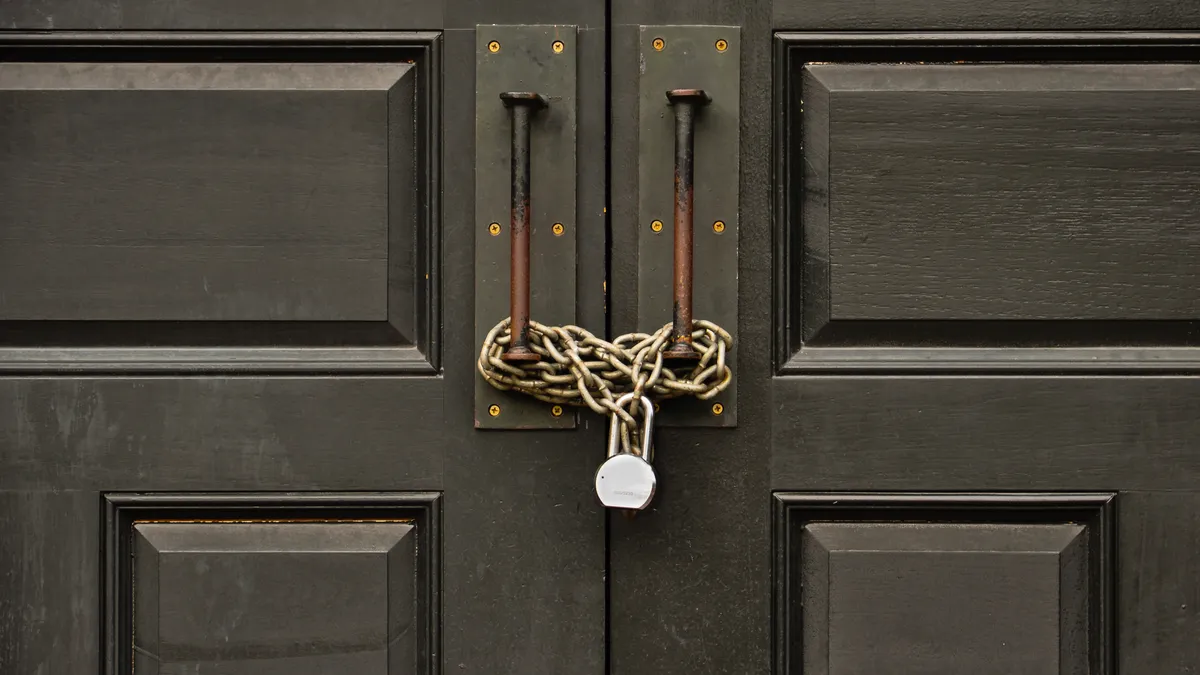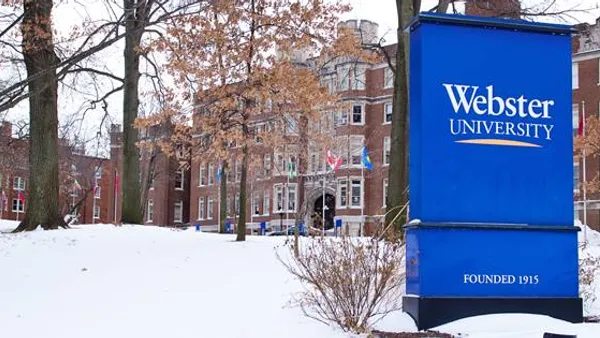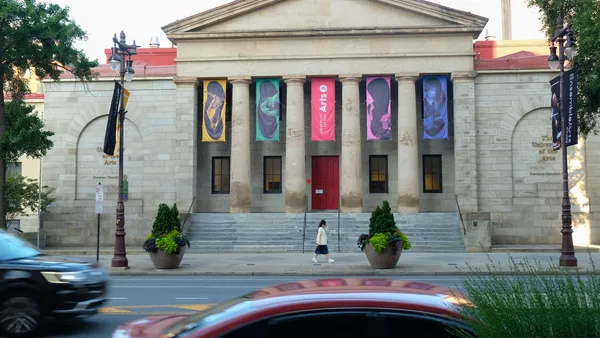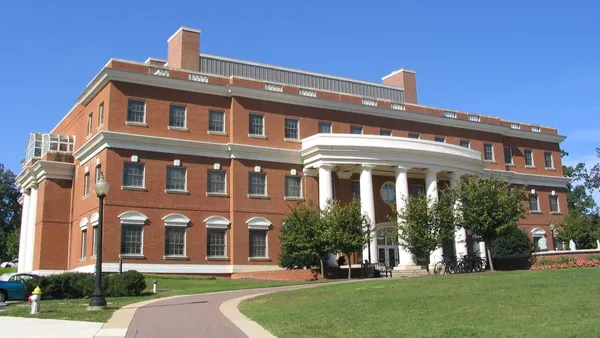Dive Brief:
- Jamestown Business College, in New York, announced this week it has stopped enrolling new students and plans to close.
- The small for-profit, founded in 1886, intends to remain open long enough for its current students to finish their studies, it said in a statement. It did not provide a timeline or an expected date of closure.
- "These changes are the result of the college’s size and the expanding government regulations," the college said. Officials did not immediately respond to a request for comment Friday.
Dive Insight:
Jamestown Business has traditionally had a small student population, but enrollment dropped in recent years. It enrolled 287 students in fall 2022, down from 323 in fall 2017, according to federal data.
The college intends to shutter after its current round of students graduates, pending approval from its accreditor, the Middle States Commission on Higher Education. It gave little public warning of the change, with its social media accounts promoting enrollment options as recently as this week.
"For the foreseeable future, it will be business as usual for JBC," the college said this week.
Jamestown Business, which offers four degrees in business-related fields, will continue to offer classes and will reach out to those currently enrolled. The admissions office plans to redirect prospective students to other college options, it said.
The college's website lists 23 faculty members, as well as 10 administrators. The college did not respond to questions Friday about how the enrollment halt will affect their employment.
Colleges across the country, especially smaller institutions, are struggling with declining enrollment as the sector braces for a drop in traditional-age students. Since the beginning of 2023, at least three nonprofit New York colleges have closed over financial challenges.
The Biden administration has prioritized stronger oversight of for-profit colleges like Jamestown Business.
Last year, the U.S. Department of Education issued a gainful employment rule that requires for-profits that access federal aid to prove their graduates earn enough to pay off their debt and generally make more than those with just a high school diploma.
And in 2022, the agency tightened the requirements for its 90/10 regulation, which mandates that for-profit colleges derive at least 10% of their revenue from sources other than federal education funding.














